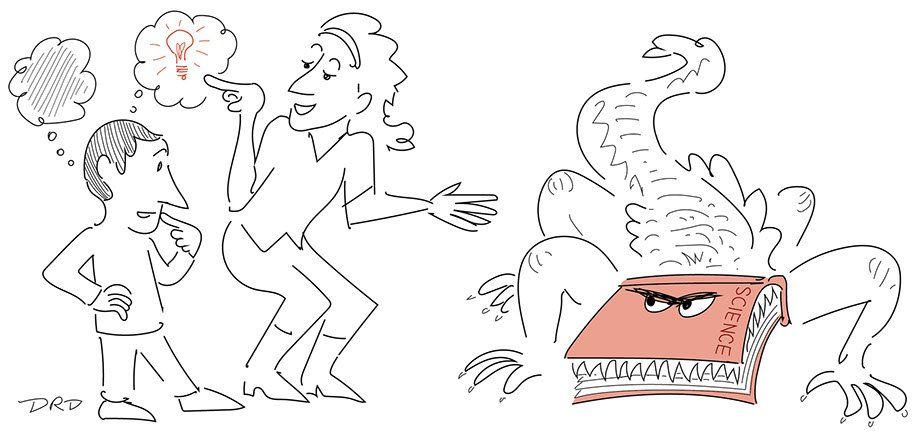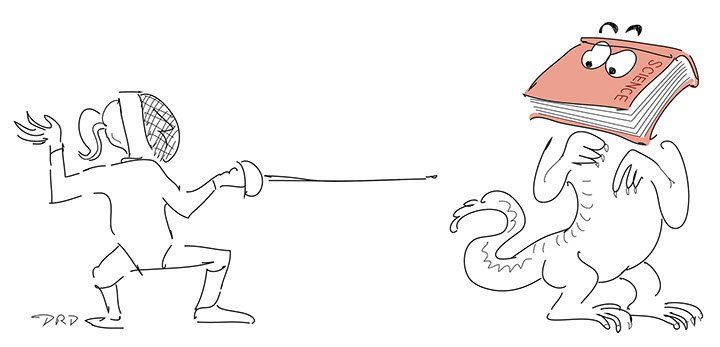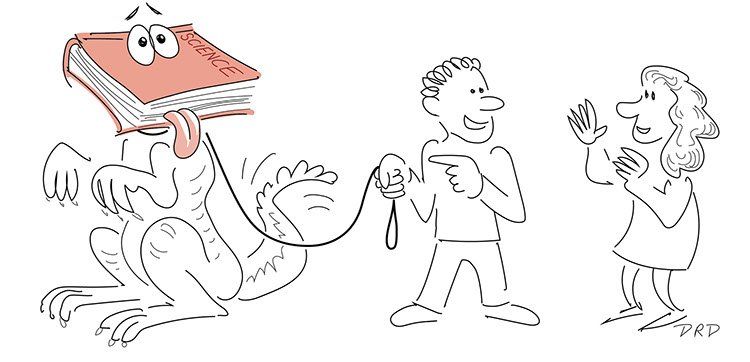Strategies for the Classroom
These instructional strategies can be helpful to science teachers when the lesson requires some student engagement with text. Some are especially effective when used before reading, others during reading, and still others are used frequently after students complete a reading assignment.
Before Reading
Many studies suggest that reading comprehension can be improved by activating student’s prior knowledge of subject matter before they read. Teachers can ask students what they already know about a topic, priming them to build on that knowledge. However, this advice comes with a warning: prior misconceptions can lead to miscomprehension.
Consider the example of what causes seasons. The false belief that seasonal changes are caused by the earth’s varying orbital distance from the sun can make it hard for students to understand a text explaining how the earth’s tilted axis of rotation causes seasonal variations. On the other hand, students may be primed to understand the text if a teacher asks them what they know about how seasons differ in the northern and southern hemisphere, or what they know about how high the sun appears in the sky at different times of year, or what they know about the length of daylight in different seasons and different latitudes (e.g., where they live versus the North Pole).
The trick is to help students use what they already know, while being wary of what they mistakenly think they already know.
During Reading
Reading comprehension can also benefit from specific strategies used during reading. The trick is to get students to read reflectively and monitor their own comprehension. Students may need help identifying points of difference between their preconceptions and the actual content of the text. They can benefit from close reading strategies (involving slowing down and re-reading difficult passages) and from adopting a critical perspective on the text, questioning the author’s intent. Anticipation guides can help: students can write down their initial expectations about a text, and then pause during reading to compare their predictions with what the text says.
After Reading
The process of understanding doesn’t stop when students reach the end of a text. Research shows that when students summarize and organize the salient content of a text after reading it, their comprehension and recall improves. It’s important for students to cite evidence from the text as they reason about claims.
There are a number of strategies students can use, individually or in groups.
Following up on a pre-reading strategy such as an anticipation guide can help students identify how their understanding has changed. The metacognitive act of reflecting on learning can itself enhance learning. Writing strategies such as doing a Frayer model about a main concept, filling out Cornell notes on the main ideas, or creating foldable graphic organizers allow students to demonstrate and consolidate their new understanding.
Having students talk about what they’ve read is another effective strategy. Students can engage in small group discussions, either around a writing prompt or through an activity such as learning triads. Or you can organize a whole class discussion or debate to check in on what students have learned. As students not only synthesize what they read but also respond to other students’ ideas, they will gain a deeper understanding of the material.
Development of Reading to Learn in Science was led by Jonathan Osborne (Stanford University) through a SERP collaboration. Support for Reading to Learn in Science was provided by the Institute of Education Sciences, U.S. Department of Education through grant number R305F100026. The information provided does not represent views of the funders.
The emphasis of the RTLS project is on disciplinary literacy at the 4th to 8th grade level.
This work is licensed under a Creative Commons Attribution-NonCommercial-ShareAlike 4.0 International License.



